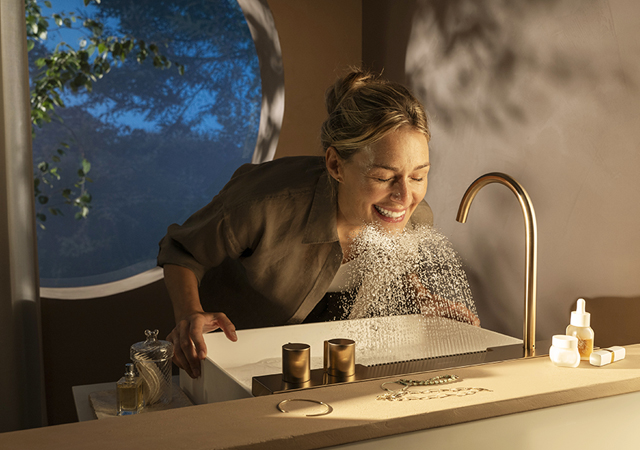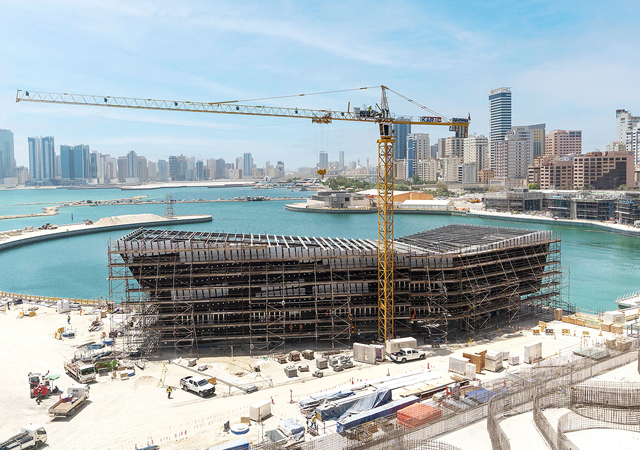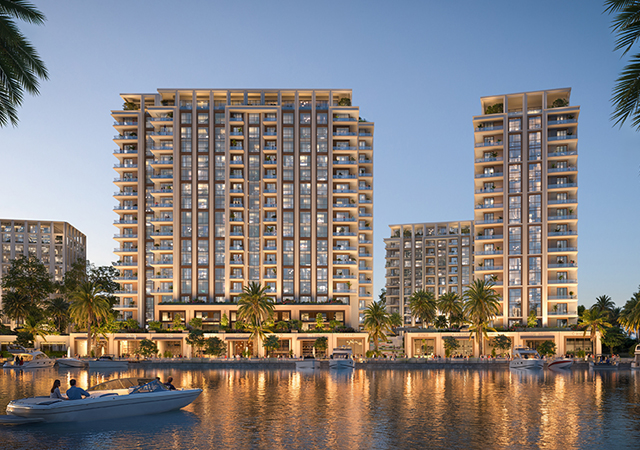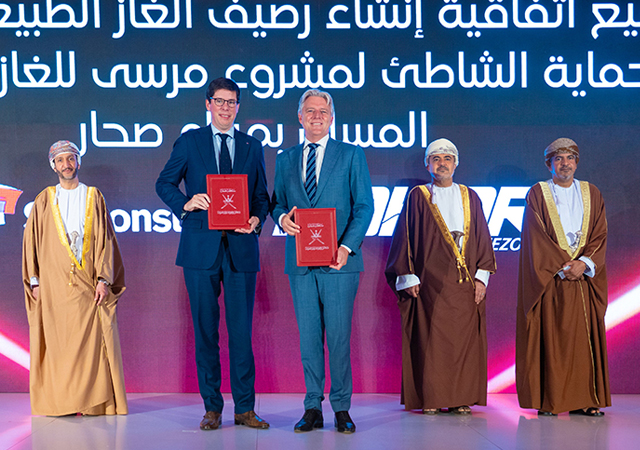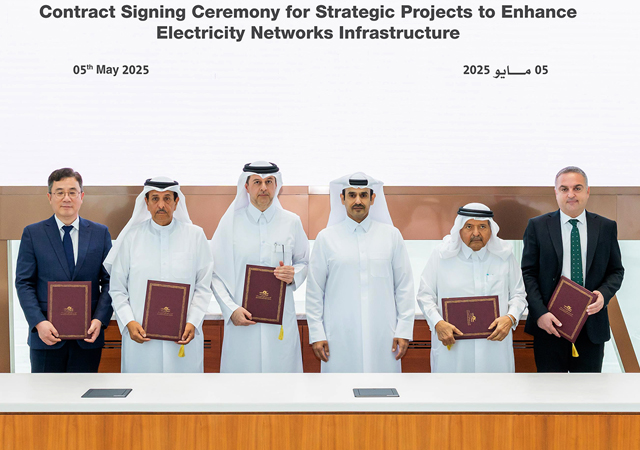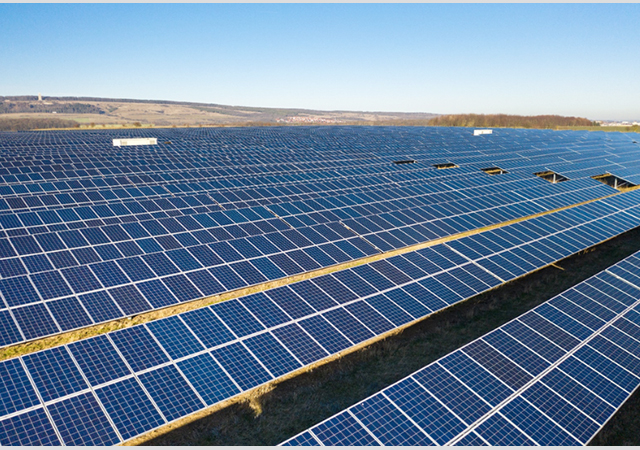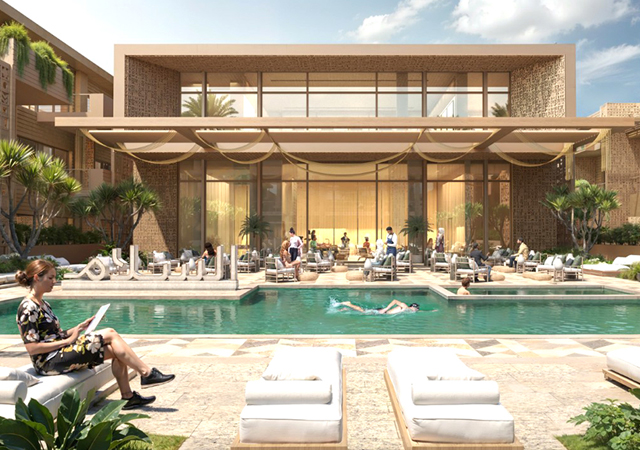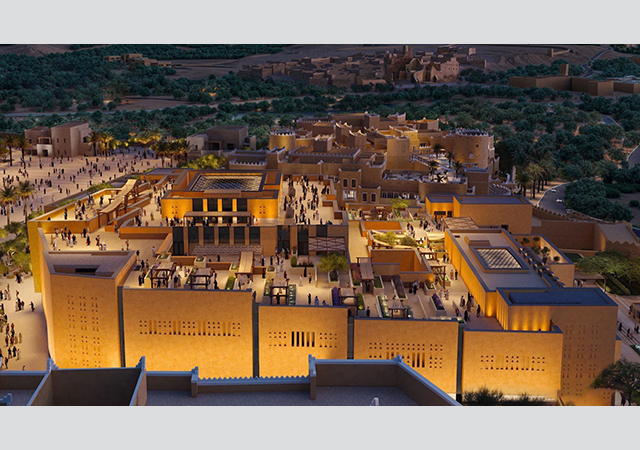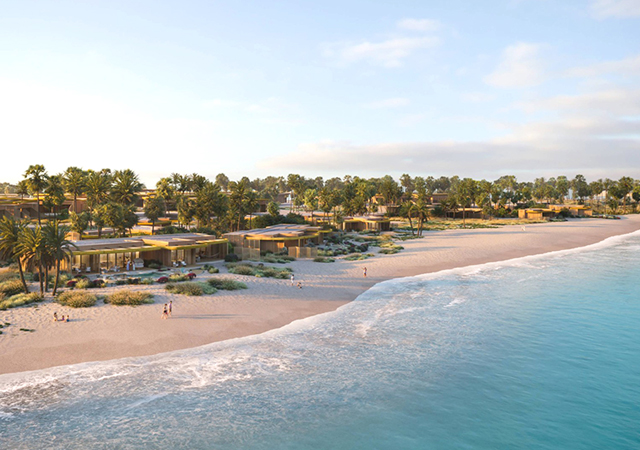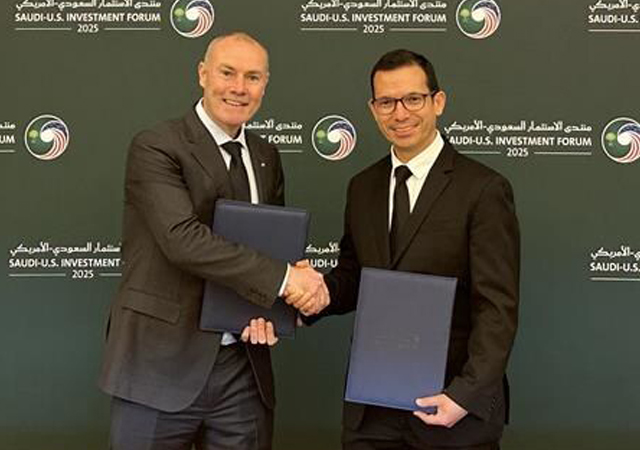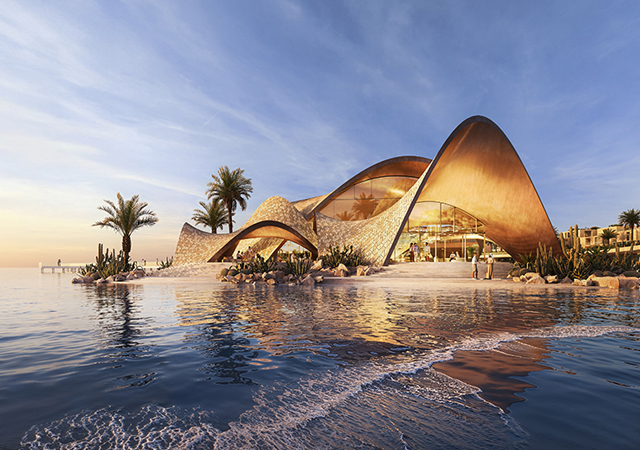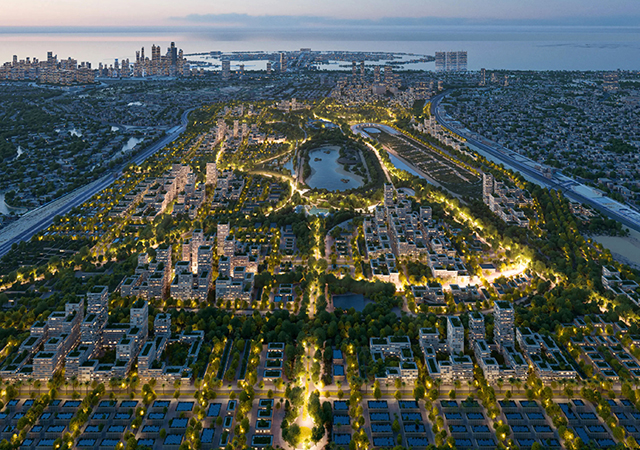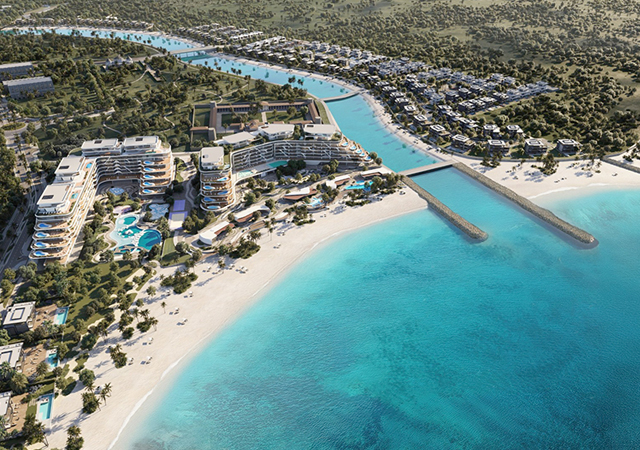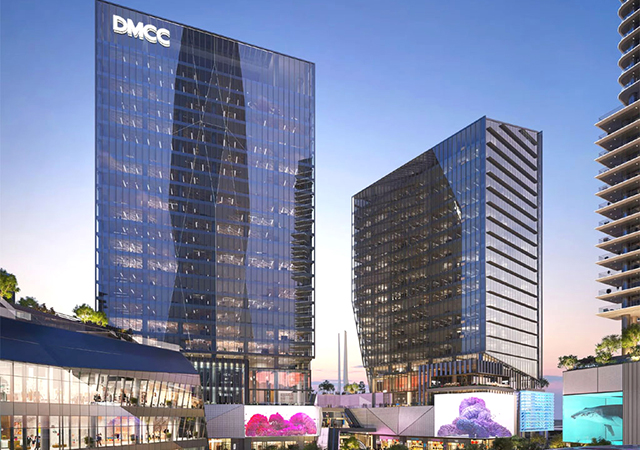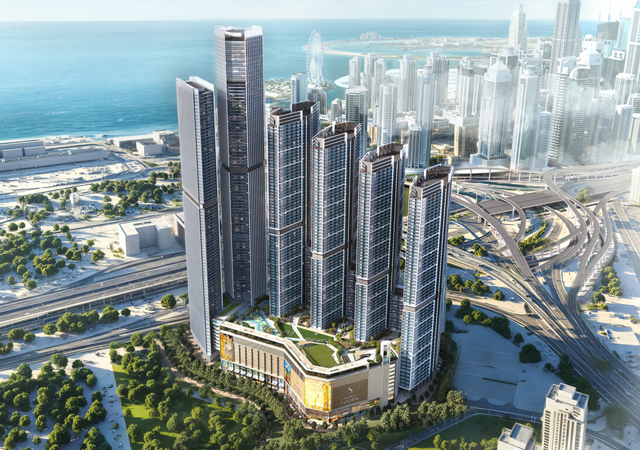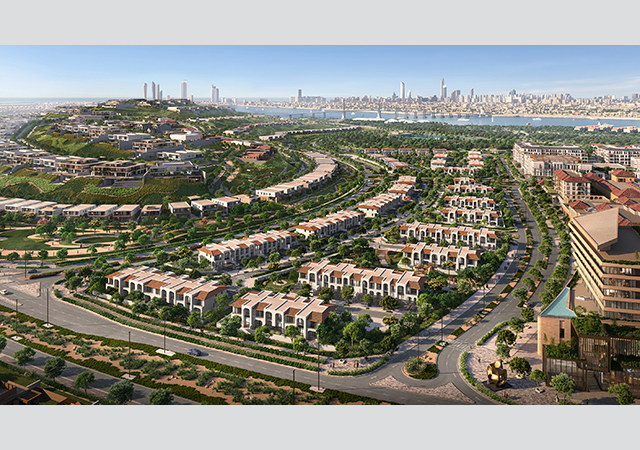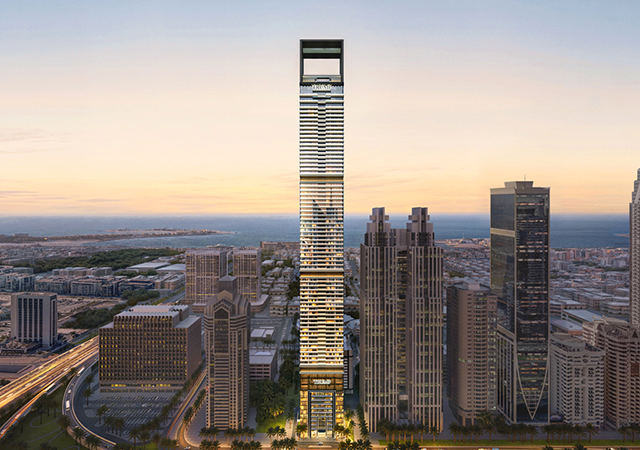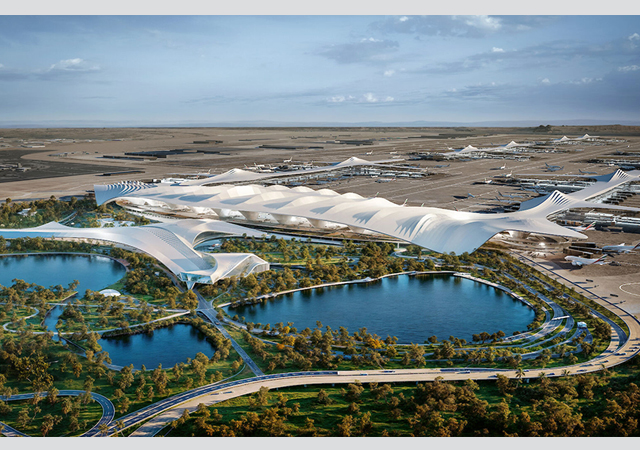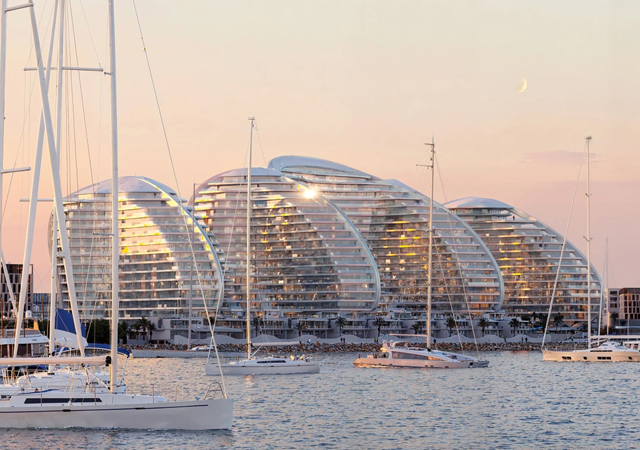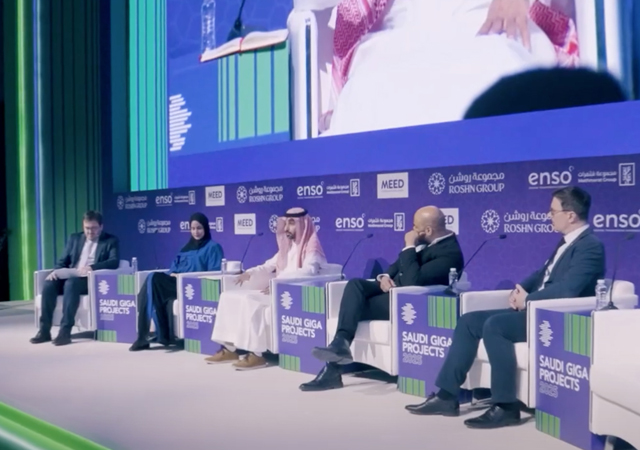
 Mankhool Twin Towers in Bur Dubai.
Mankhool Twin Towers in Bur Dubai.
Since its inception in 1997, Emirates Glass (EGL) has shared a special and mutually beneficial relationship with Alico, having successfully executed numerous landmark structural glazing and curtain-walling projects in the region with the firm.
This relationship started at a time when structural glazing – the bonding of reflective glass to aluminium curtain-walling profiles using structural silicone – became fashionable in the Nineties and thus the demand for high performance glass increased enormously, reminisces Arthur Millwood, technical and marketing manager of Emirates Glass.
“Up to 1997, high-performance (HP) glass had to be imported. This meant long lead-times and other logistical problems concerned with the supply of glass, which could make life very difficult for a curtain wall contractor at a crucial stage of the building construction,” he points out.
Following the start-up of its ultra-modern factory in Al Quoz, Emirates Glass stepped in to fulfil a vital role as a local supplier of high-performance glass produced to the same standards of quality and performance as imported glass.
“Throughout this mutually beneficial association, the two companies have been involved in many successful landmarks throughout the Middle East including Almoayyed Tower in Bahrain; Mankhool Twin Towers in Bur Dubai; Dubai International Exhibition Centre; The Dusit Hotel; and Dubai Marina Towers, Marina Heights and Al Fattan Twin Towers, all at Dubai Marina, as well as many others” he says.
“Coming up in early 2005 is the prestigious new Etisalat Tower near the Trade Centre Roundabout in Dubai, where, once again, the smooth Alico-EGL relationship is set to produce a combination of aluminium and glass of world-class quality,” Millwood says.
“Emirates Glass is proud of its association with Alico and looks forward to further consolidation and growth in the busy years ahead for both our companies,” he adds.
To further serve the burgeoning demand for high-performance energy-saving architectural glass, Emirates Glass has embarked on a multimillion-dollar expansion programme, which will triple the company’s tempering capacity.
This expansion, he says, will include the largest glass-tempering furnace in the world with a load-bed, which is 3300 mm wide and 7200 mm long. The other equipment includes state-of-the-art edging and drilling machinery, a second insulated glass line and a second heat soak testing oven for nickel sulphide exclusion, he adds.
Elaborating on two types of solar reflective glass, he says: “There are two basic processes for the manufacture of solar reflective glass:
“Online process: In the on-line or pyrolitic process, the metal oxides are sprayed on to the surface of the glass while it is still red-hot. The oxides liquefy and fuse themselves on to the glass in the annealing lehr process. Pyrolitic coatings are very durable and can be tempered and curved after the coating process. However, they are very limited in range, which means a severely restricted choice of colours and reflectances, and they generally have moderate light transmission characteristics. As such, they are not ideal for situations where uniform colour between the vision and spandrel areas is essential for the aesthetic appearance of the building.
“Offline process: By contrast, high-performance glass is produced by means of an off-line process often remotely located from the origin of the float glass itself. This process is known as cathodic sputtering. In the process, a large variety of metals can be deposited, in varying thicknesses (all thin enough to see through) on the glass surface. The sputtering takes place in a vacuum, in a powerful magnetic field at ambient room temperature.”
Emirates Glass produces Emicool sputtered high performance glass, which is characterised by a very large range of coating combinations giving a huge range of transmissions, reflectances and colours, he says.
“In particular, it is possible to achieve light transmissions less than 14 per cent at which level (and less) uniformity of colour on the curtain wall faÁade is achieved,” he says. “In addition, the process can also be used to make low emissivity glass (Low-E) with an extended variety of colours and performances. A large portion of the Emicool range is also available with very low internal light reflectance characteristics, which allow a clear view through the glass with minimum reflection 24 hours per day.”
Emicool high performance glass, therefore, provides the designer with a huge “glass rainbow” from which to select according to his design – giving, by far, the best performance in terms of light and energy control as well as the most pleasing range of colours, he concludes.




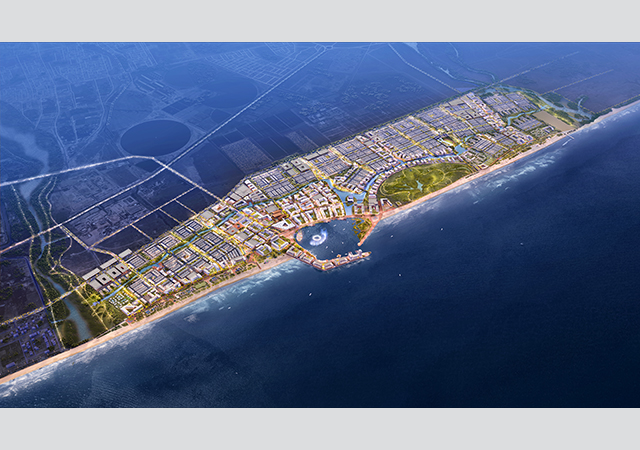


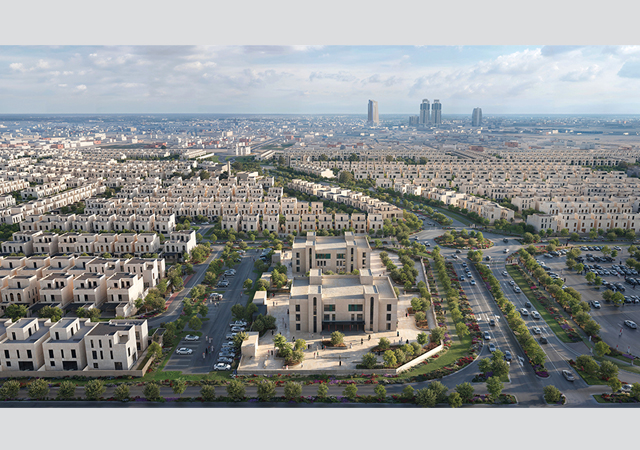
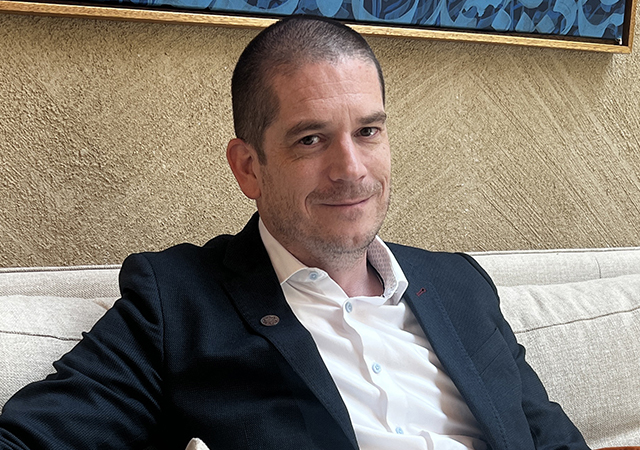

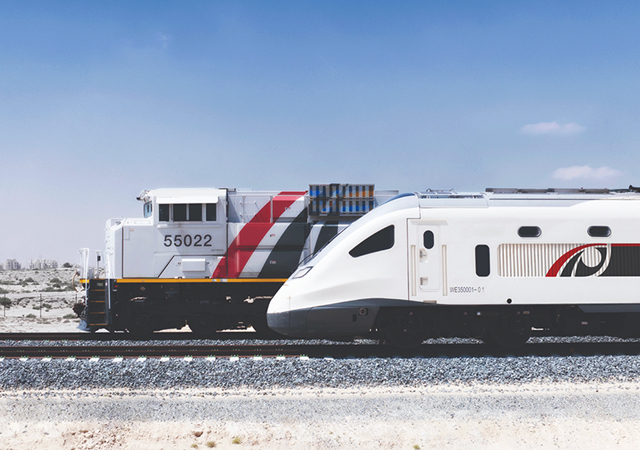
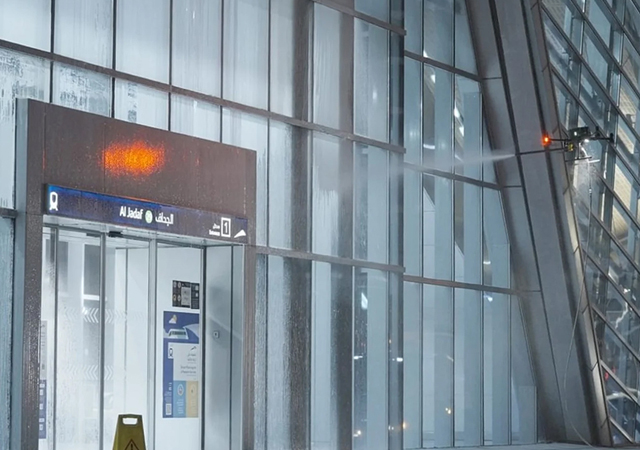
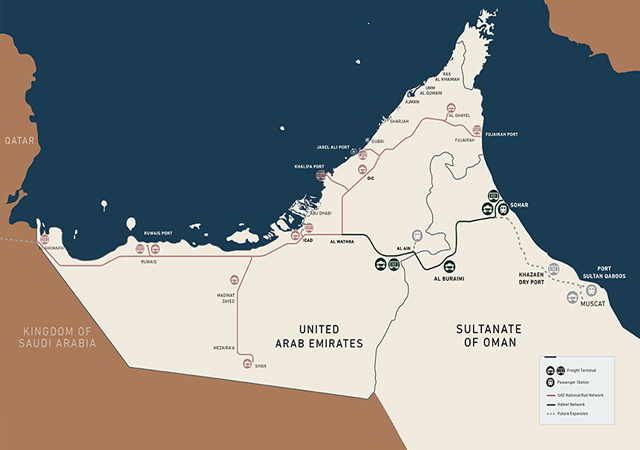
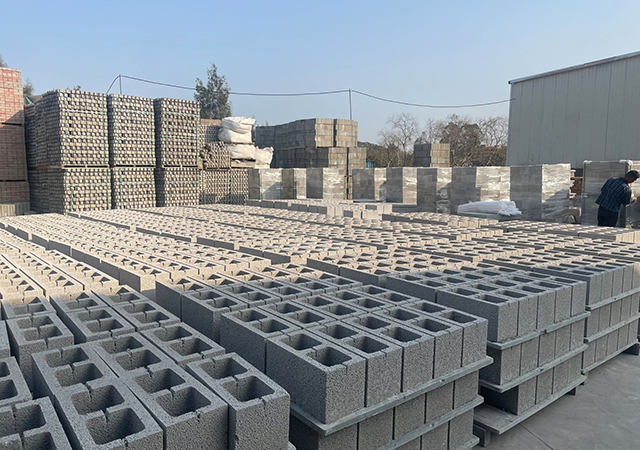


.jpg)
.jpg)
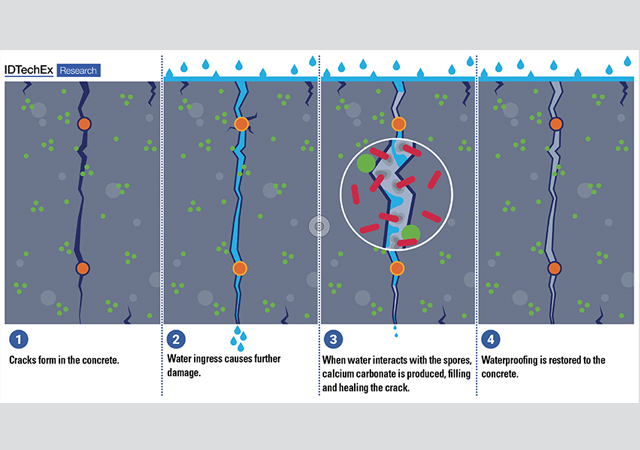
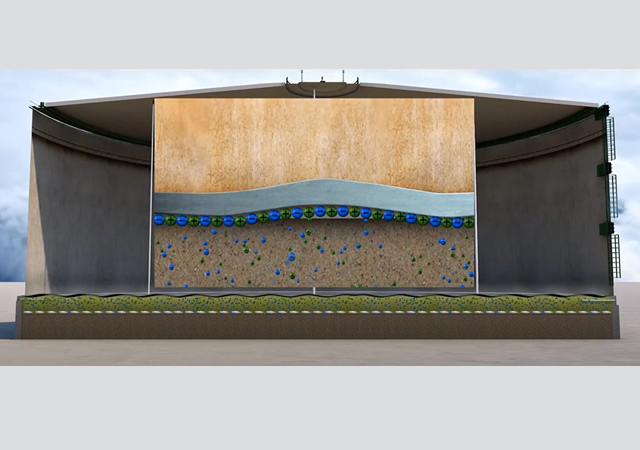
.jpg)
.jpg)
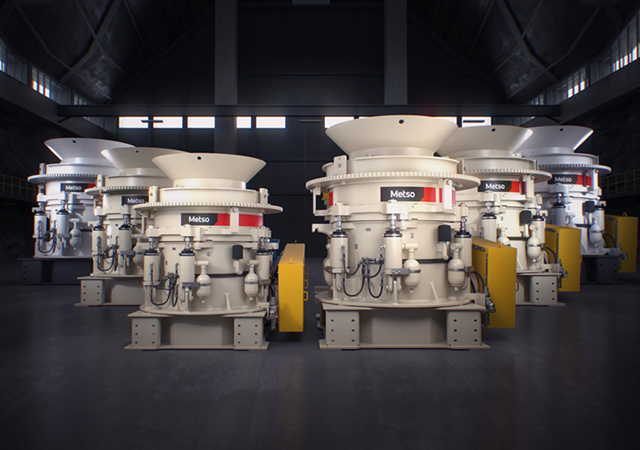
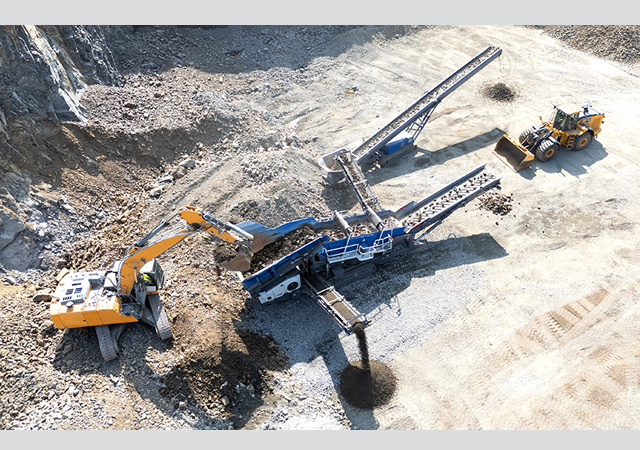
.jpg)
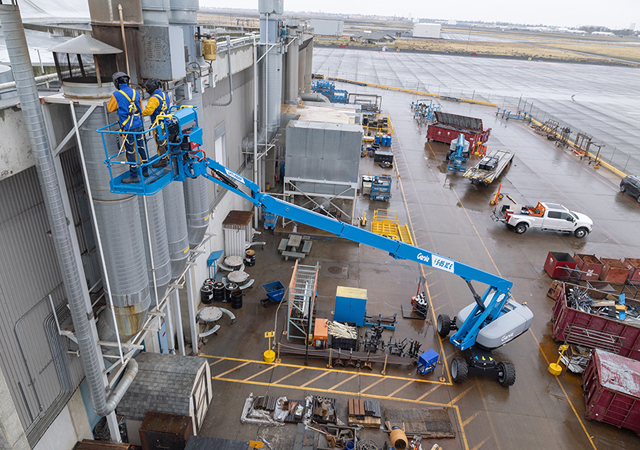

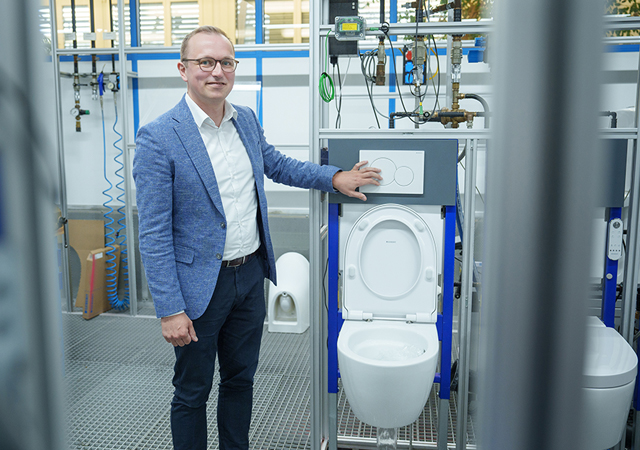

 Doka.jpg)
